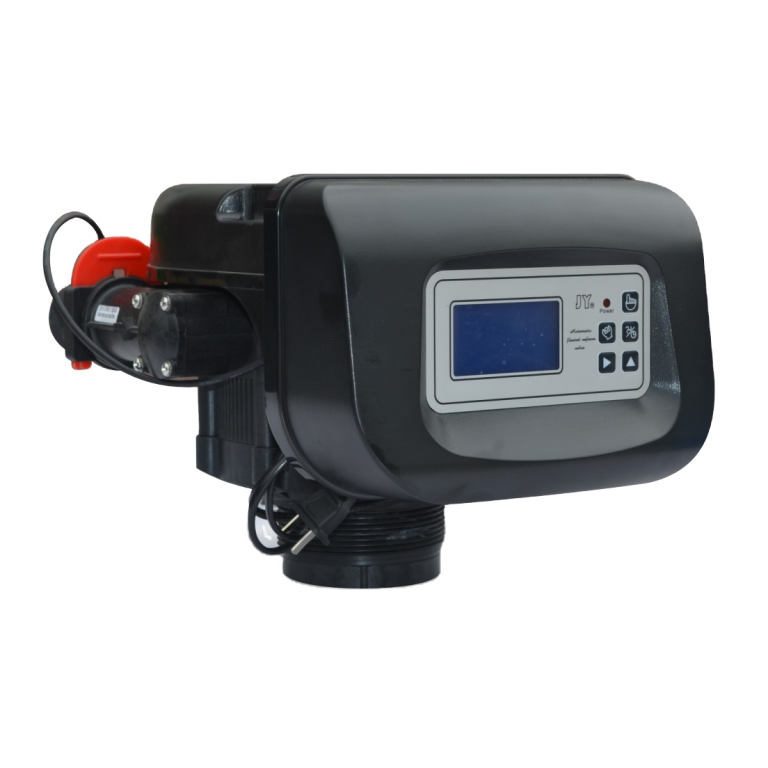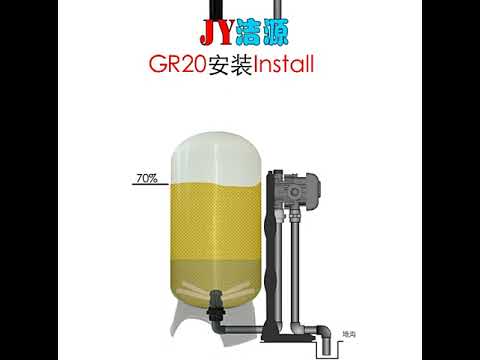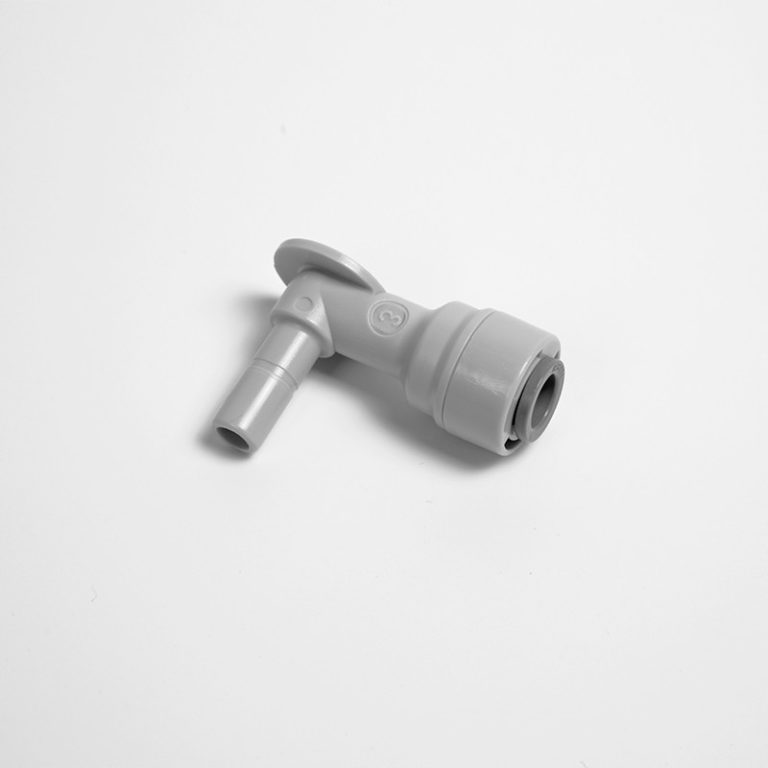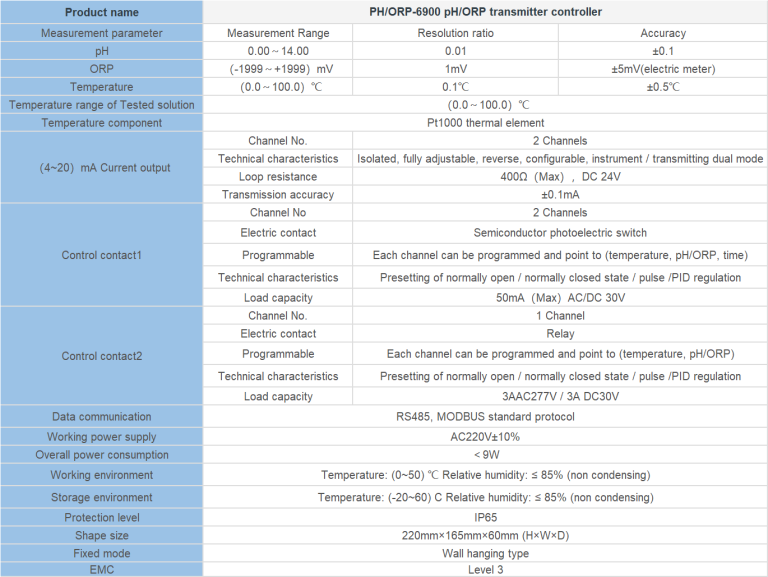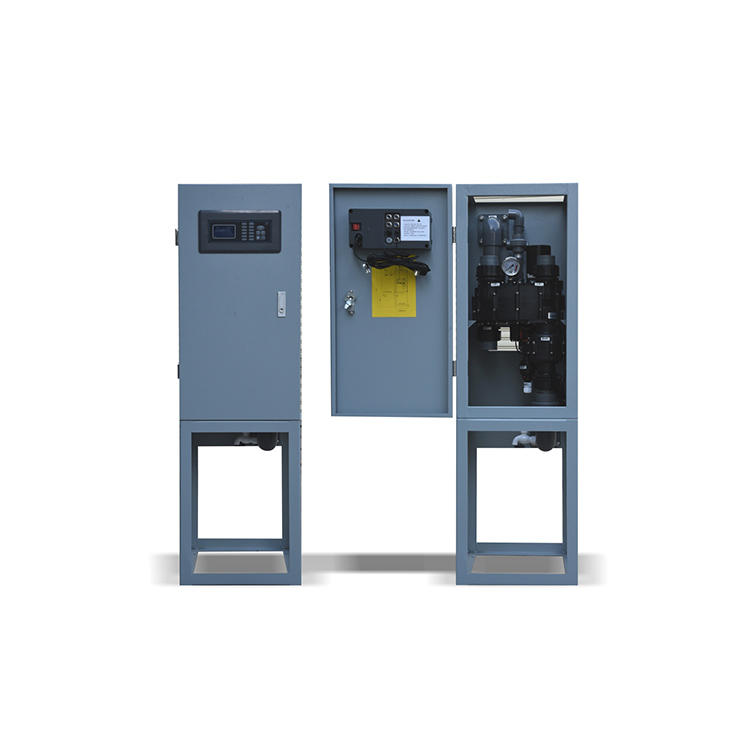Clear and pure: Reverse osmosis water, cloud-free.
The Importance of Clear Reverse Osmosis Water

Reverse osmosis water has gained popularity in recent years due to its ability to remove impurities and provide clean drinking water. However, there is a common concern among users regarding the cloudiness of reverse osmosis water. Many people wonder if cloudy water is a sign of impurities or if it is safe to consume. In this article, we will explore the importance of clear reverse osmosis water and address the concerns surrounding its cloudiness.
First and foremost, it is essential to understand the process of reverse osmosis and how it works. Reverse osmosis is a water purification method that uses a semipermeable membrane to remove contaminants from water. This membrane allows water molecules to pass through while blocking larger particles, such as bacteria, viruses, and minerals. The result is clean, purified water that is free from most impurities.
When reverse osmosis water appears cloudy, it can be a cause for concern. Cloudiness in water is often associated with the presence of suspended particles or dissolved solids. These particles can range from harmless minerals to potentially harmful substances. Therefore, it is crucial to investigate the source of cloudiness in reverse osmosis water.
One common reason for cloudiness in reverse osmosis water is the presence of air bubbles. During the reverse osmosis process, air can become trapped in the water, causing it to appear cloudy. This is a temporary condition and should resolve on its own within a few minutes. If the cloudiness persists, it may indicate a problem with the reverse osmosis system, such as a malfunctioning membrane or inadequate filtration.

Another possible cause of cloudiness in reverse osmosis water is the presence of dissolved gases. Oxygen and carbon dioxide can dissolve in water, especially under high pressure, and create tiny bubbles that give the water a cloudy appearance. While these gases are not harmful, they can affect the taste and odor of the water. Allowing the water to sit for a few minutes before consuming can help dissipate the gases and improve the clarity of the water.
In some cases, cloudiness in reverse osmosis water may be due to the presence of dissolved minerals. While reverse osmosis is highly effective at removing most minerals from water, it may not eliminate all of them. Some minerals, such as calcium and magnesium, can remain in the water even after the filtration process. These minerals are generally harmless and may even provide some health benefits. However, they can contribute to cloudiness and affect the taste of the water.
To ensure the clarity of reverse osmosis water, regular maintenance and monitoring of the filtration system are essential. This includes replacing filters as recommended by the manufacturer and periodically testing the water for impurities. If cloudiness persists or if there are concerns about the quality of the water, it is advisable to consult a water treatment professional for further evaluation.
In conclusion, clear reverse osmosis water is crucial for ensuring the purity and safety of drinking water. Cloudiness in reverse osmosis water can be a cause for concern, as it may indicate the presence of impurities or a problem with the filtration system. While some cloudiness may be temporary and harmless, persistent cloudiness should be investigated further. Regular maintenance and monitoring of the reverse osmosis system are necessary to ensure the clarity and quality of the water.
| FL-9900 High Precision Type Runner Flow Controller | ||
| Measuring range | Frequency | 0~2K Hz |
| Velocity of flow | 0.5~5 m/s | |
| Instantaneous flow | 0~2000 m³/h | |
| Cumulative flow | 0~9999 9999.999 m³ | |
| Applicable pipe diameter range | DN15~DN100;DN125~DN300 | |
| Resolution | 0.01 m³/h | |
| Refresh rate | 1s | |
| Accuracy class | Level 2.0 | |
| Repeatability | ±0.5% | |
| Sensor input | Radius:0~2K Hz | |
| Supply voltage:DC 24V(instrument internal supply) | ||
| The electronic unit automatically temperature compensates for errors | +0.5%FS; | |
| 4-20mA | Technical characteristics | Meter/transmitter dual mode (photoelectric isolation) |
| Loop resistance | 500Q(max),DC24V; | |
| Transmission accuracy | ±0.01mA | |
| Control port | Contact mode | Passive relay control output |
| Load capacity | Load current 5A (max) | |
| Function selection | Instantaneous flow upper/lower alarm | |
| Mains supply | Working voltage: DC24V 4V Power consumption :<; 3.OW | |
| Cable length | Factory configuration: 5m, can be agreed: (1~500) m | |
| Environmental requirement | Temperature: 0~50℃; Relative humidity: ≤85%RH | |
| Storage environment | Temperature: (-20~60) ℃; Humidity: 85%RH | |
| Overall dimension | 96×96×72mm(height × width × depth) | |
| Opening size | 92×92mm | |
| Installation mode | Disc mounted, fast fixed | |
| Sensor | Body material | Body: Engineering plastic PP; Bearing :Zr02 high temperature zirconia |
| Flow rate range | 0.5~5 m/s | |
| Withstand pressure | ≤0.6MPa | |
| Supply voltage | lDC 24V | |
| Output pulse amplitude| | Vp≥8V | |
| Normal pipe diameter | DN15~DN100;DN125~DN600 | |
| Medium characteristic | Single-phase medium(0~60℃) | |
| Installation mode | Direct line insertion | |

